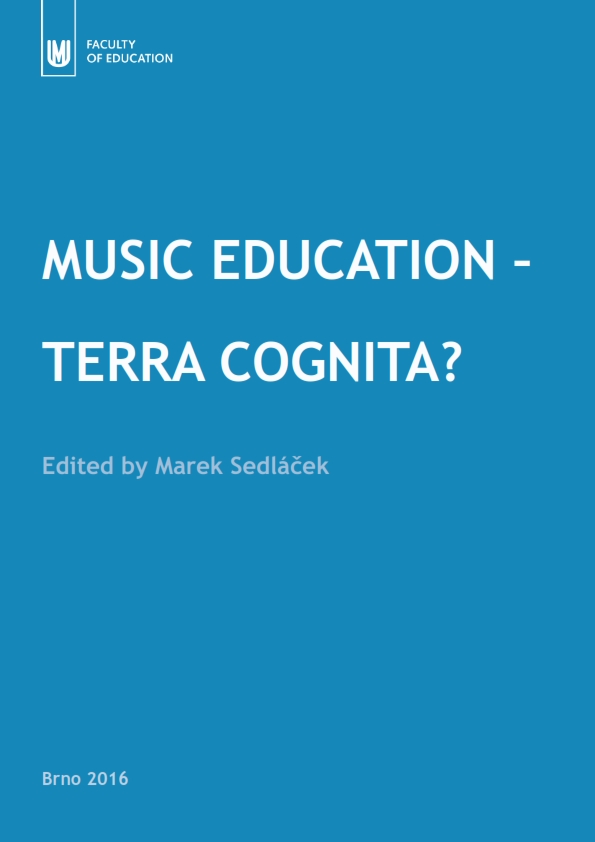The Specifics of Musical Brno in the 2nd Half of the 20th Century
The Specifics of Musical Brno in the 2nd Half of the 20th Century
Author(s): Jindřiška Bártová
Subject(s): Cultural history, Music, Local History / Microhistory, Recent History (1900 till today), Culture and social structure , History of Education, Sociology of Culture, Sociology of Art, History of Art
Published by: Masarykova univerzita nakladatelství
Keywords: Brno; Leoš Janáček; composers; Group A; Miloslav Ištvan; Camerata Brno; Brno Compositional School;
Summary/Abstract: Brno became a centre of musical culture in the late 19th century thanks to versatile activities of Leoš Janáček. His students, however, did not value his activities, they did not understand their teacher. The situation changed after World War II. Brno became the centre at that time of a still living and rich folklore that inspired some composers (Ištvan, Berg) to significant experiments. Brno also formed many important multidisciplinary artistic associations (the Group Q). The composers in Brno tried to acknowledge and use the contemporary compositional techniques, especially dodecaphony and New Music. They were mostly the members of the Group A. This disappeared in the 1970s and the attention focused on its former member Miloslav Ištvan. Ištvan followed Janáček and Webern in his compositional method called “the montage of isolated sound elements in music”. He attracted like-minded colleagues and students and established a group called Camerata Brno at the end of the 1970s which was known as “the Brno Compositional School” in professional circles.
Book: Music Education – Terra Cognita?
- Page Range: 63-71
- Page Count: 9
- Publication Year: 2016
- Language: English
- Content File-PDF

